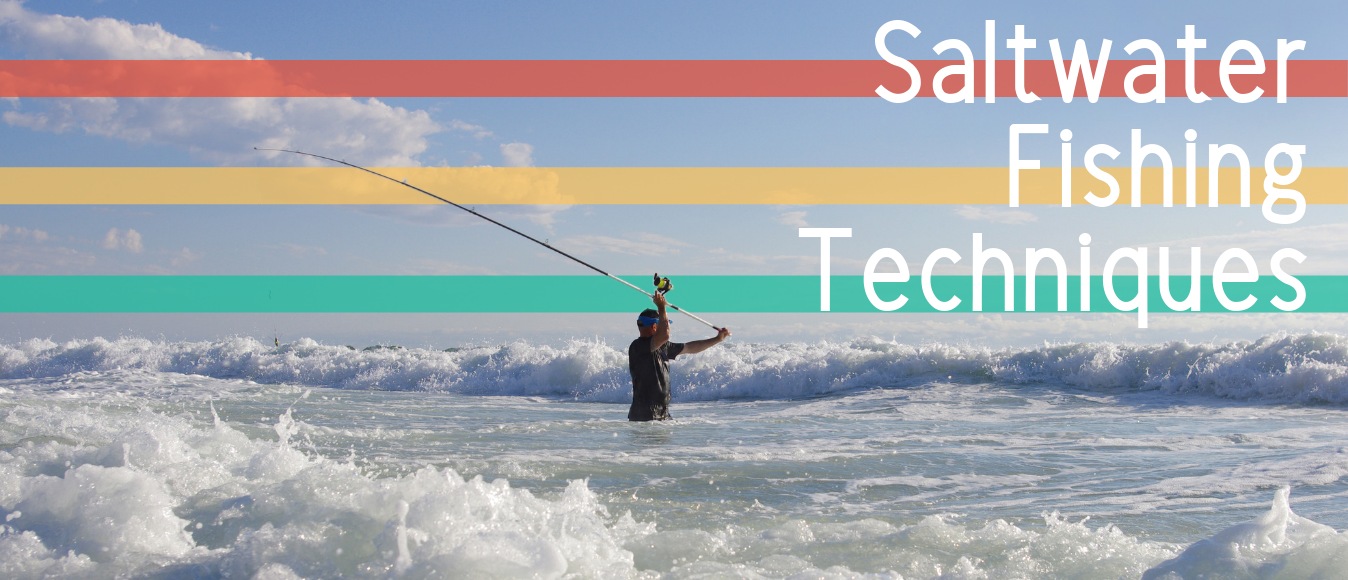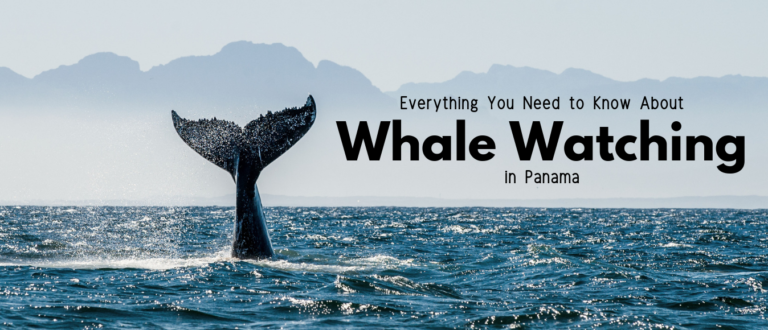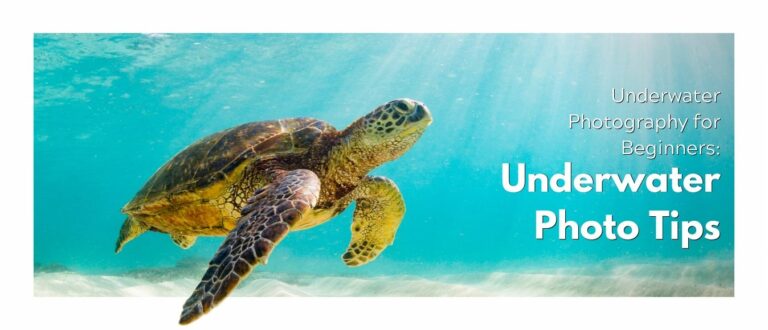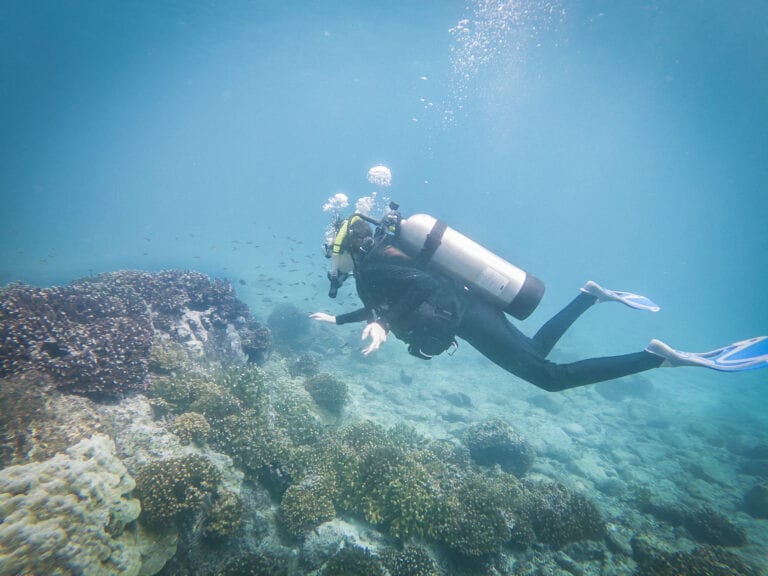Different Types of Saltwater Fishing Techniques
Saltwater fishing has been a popular recreational practice for thousands of years. During this time, anglers developed many different techniques to help land the perfect catch. These are some of the best saltwater fishing techniques every fisherman should know.
Different Types of Saltwater Fishing Techniques
- Spearfishing: People have been practicing this popular recreational fishing technique for thousands of years. One can perform this either on-land or underwater while snorkeling or scuba diving. However, many choose to do spearfishing while freediving. This method requires the fisher to hold their breath while diving below the surface in search of their catch. Then, they will attempt to impale or puncture a fish by either throwing a spear by hand or using a spear gun.
- Hand-gathering: Unlike most fishing methods, hand-gathering doesn’t require the use of any equipment. Instead, fishers use only their hands to catch a variety of sea creatures. One of the easiest ways to hand-gather fish is by simply waiting for the tide to go out and then collecting the fish or crustaceans left under rocks or in the sand. This practice works best during low tide as it is easier to gather your catch when the waves are not rolling in.
- Surf fishing: Surf fishing is a fairly easy fishing method to learn as it gives you the opportunity to catch a wide variety of fish without leaving the shoreline. Plus, it gives you the added stability of standing on solid ground rather than a boat. It typically involves casting your line using an overhand cast while wading in the surf or standing on the shoreline. While casting, it is important to focus on distance and accuracy in order to land your line in the desired area of the surf. Fishing rods used for surf fishing are typically much longer than a traditional rod and range from 12 to 16 feet. Many people view surf fishing as a good way to get a feel for saltwater fishing before venturing out deeper into the ocean for even bigger catches.
- Cast-net fishing: Cast-net fishing is one of the most efficient fishing methods used to catch large quantities of small or medium sized fish.It involves throwing a cast net over the water which will then open and land over a large area. When the net lands in the water, lead weights on the side of the net will help it sink in order to trap multiple fish inside of it. While this method is typically done in shallow water, there are also deep-water net options that have wider mesh and heavier weights. Since it doesn’t damage the surrounding area, cast-net fishing is one of the more sustainable methods of sport fishing.
- Bottom fishing: Aptly named, bottom fishing entails fishing for sea creatures that dwell towards the bottom of a body of water. To do so, anglers simply drop their lure near the area where their intended catch lives and let it descend to the bottom of the sea. As such, you’ll need to equip your line with a weight and position it below the hook. This additional weight will help transport the bait down to the bottom of the sea and keep it in place so that the current doesn’t carry it away. While bottom fishing may seem like a relatively simple method, it actually requires quite a bit of skill and patience in order to catch the rare fish that dwell so far beneath the surface.
- Trolling: Trolling involves casting single or multiple lines from a slow-moving boat. One can do this in shallow areas or deep waters. As the lure drifts behind the boat, it takes on the appearance of natural prey swimming along the surface of the water. As such, trolling is often a very successful method of saltwater fishing. The two main factors to consider when trolling include the speed at which the boat travels and the depth of the lures—both of which entirely depends on which species you seek to catch. However, as a general rule, the speed of your boat should at least be fast enough to cause air bubbles to form in front of your lure which will give it a more realistic look.
- Fly fishing: Fly fishing is an extremely popular technique among both fresh and saltwater anglers. It requires the use of a fly rod or fly reel to flick a lightweight lure over the water. This motion resembles that of insects or other prey which will attract the attention of fish of all sizes. Lures used in this type of technique will often include streamers, popper bugs, or black velvet depending on the preferred prey of your intended catch.
Destructive Types of Fishing
While fishing can be an enjoyable and sustainable activity, certain fishing methods can cause harm to coral reefs, marine ecosystems, and seafloor habitats. In addition, as Panama sport fishing tourism earns the island more than $97 million dollars a year, over-fishing could cause severe damage to the economy. As such, it is important to avoid practicing these destructive fishing methods to preserve and protect our oceans.
- Ghost fishing: This dangerous form of fishing is a result of lost or abandoned fishing gear left in the ocean. As it floats through the water, it’s often nearly invisible to the sea creatures—they become tangled up and trapped in it. As such, anglers should always keep track of their nets, lines, and traps and practice safe fishing tactics.
- Explosive fishing: Like its name suggests explosive fishing uses underwater explosives to kill large quantities of fish. As such, it can quickly destroy a marine environment.
- Bottom trawling: An industrial fishing method, bottom trawling involves dragging a large, weighted net across the bottom of the seafloor. This process can cause serious damage to or completely eliminate coral reefs.
The ocean not only provides millions of coastal communities with life-sustaining food but also serves as a recreational setting for millions of anglers. By practicing these saltwater fishing techniques, you are sure to land the perfect catch.








